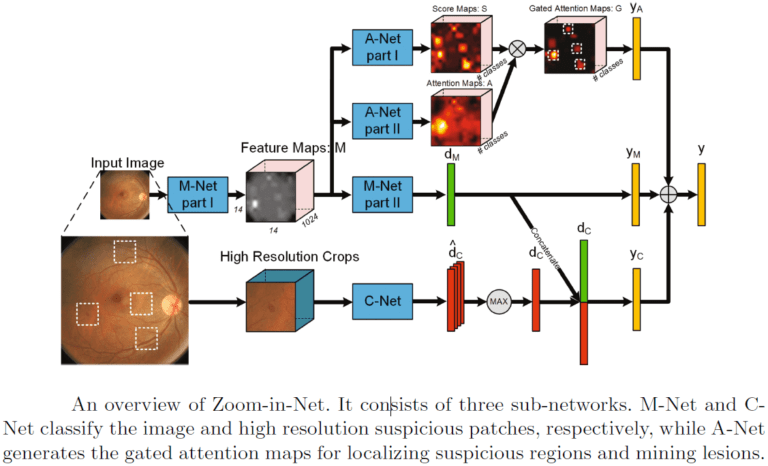
Deep Learning in Ophthalmology
Recent works suggest novel deep learning tools for detection, segmentation and characterization of eye disorders. Accurate segmentation of retinal fundus lesions and anomalies in imaging

Recent works suggest novel deep learning tools for detection, segmentation and characterization of eye disorders. Accurate segmentation of retinal fundus lesions and anomalies in imaging
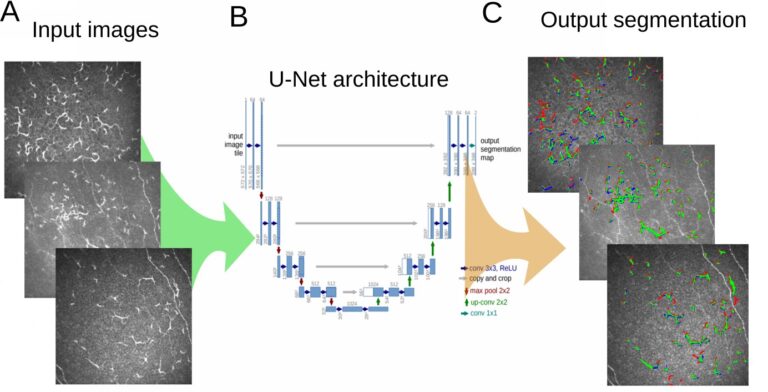
Dry eye disease (DED) is one of the most common ophthalmic disorders. Inflammation of the ocular surface is controlled by corneal antigen-presenting cells called dendritic
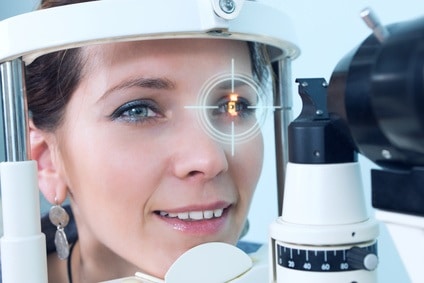
Eyeglasses have been with us since the 13th century, although mass production and affordability to commoner (aside from clerics, scholars and wealthy people) has begun
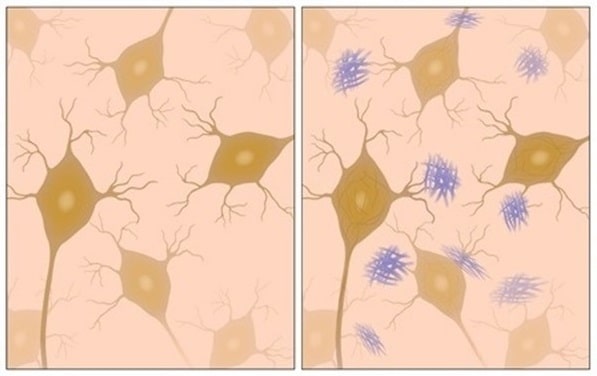
Modern imaging knows how to capture an image to see through the eye tissue transparency and inspect retina, vasculature and neural tissue: this phenomenon is

Strabismus is a disorder in which the eyes are not properly aligned and point to different directions. When this happens, the “straighter” eye becomes more dominant and the
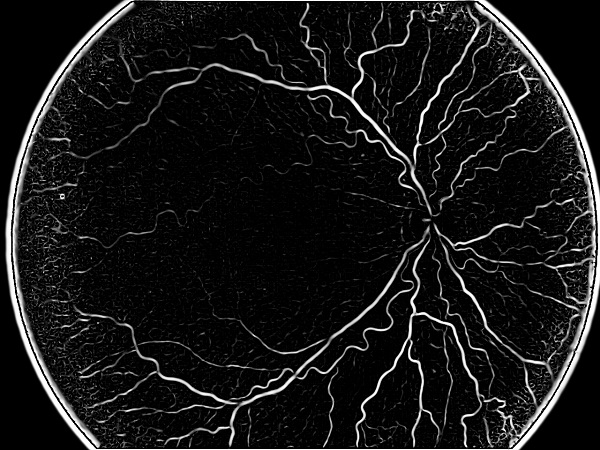
Retinopathy of prematurity (ROP) is a leading cause of blindness in infants. ROP (or Terry syndrome) is a disease of the eye affecting prematurely-born, low
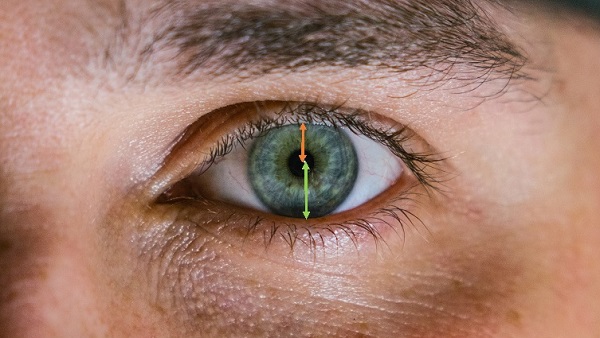
Blepharoptosis, also known as ptosis, is a drooping of the upper eyelid causing a narrowing of the palpebral fissure (or palpebral aperture), which is the
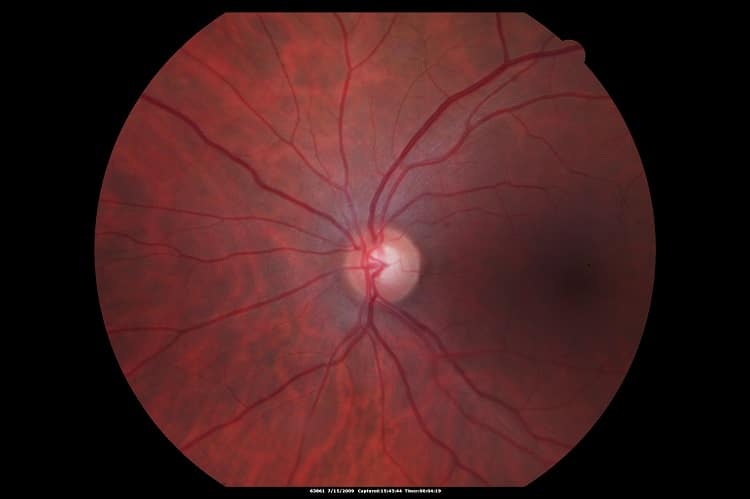
Image enhancement of retinal structures has the potential to facilitate diagnosis of several eye diseases. Retinal disease diagnosis and monitoring often requires very delicate analysis
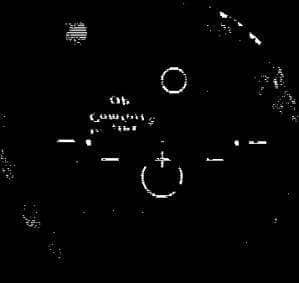
Lens marking refers to the placement of temporary and/or permanent marking, semi-visible laser engraving for the use of lens identification and trademarks, and accurate placement
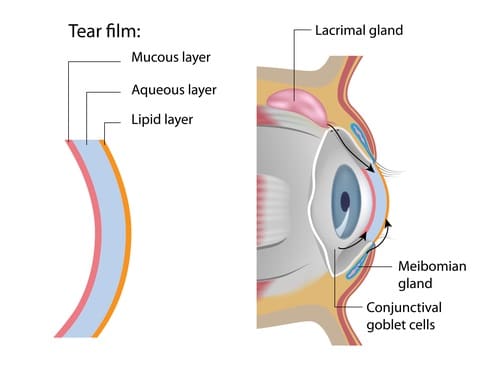
Meibomian gland dysfunction is often seen as an early stage of dry eye syndrome. Indeed, Meibomian glands play a significant role in tears production by
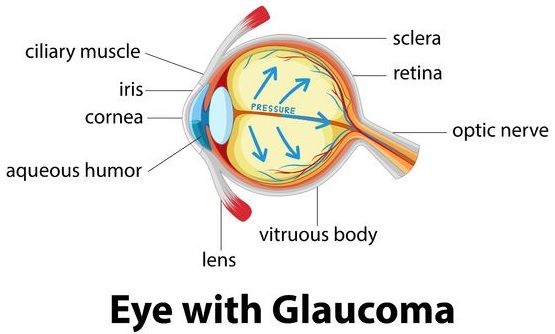
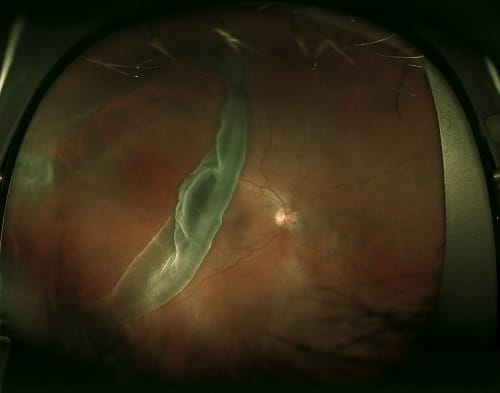
Retinal detachment occurs when part of the retina detaches itself from the pigmented cell layer of the RPE, depriving itself of blood and nutrition: this
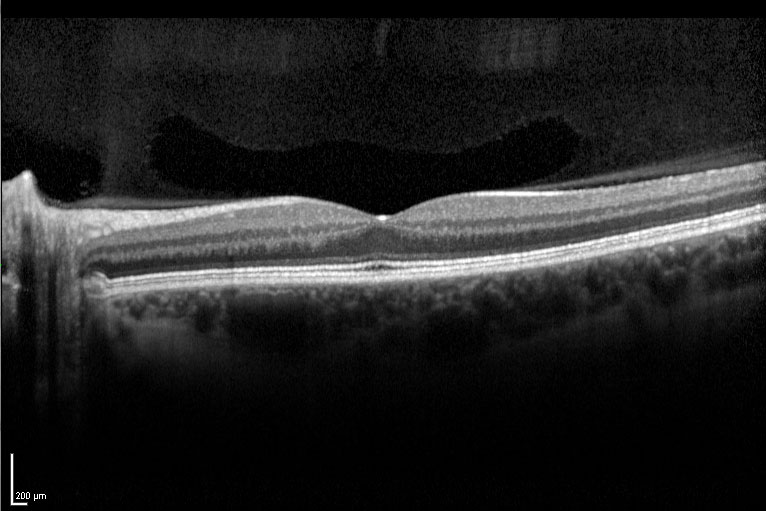
OCT is the only method that can perform noninvasive imaging with non-ionizing radiation and offering relatively good resolution. That is why it has become a
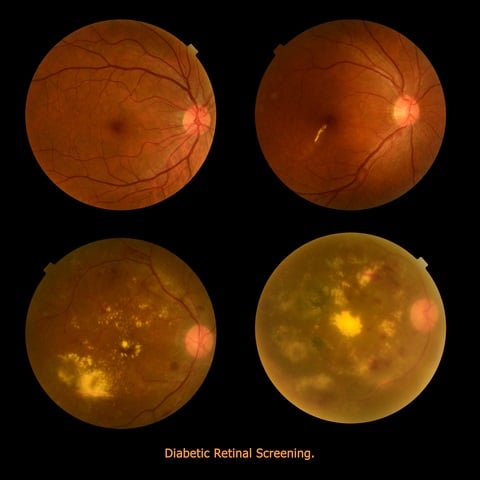
Diabetic Retinopathy (DR) is a leading cause of blindness, especially among adults and even more among the elderly segments of the population. It is associated
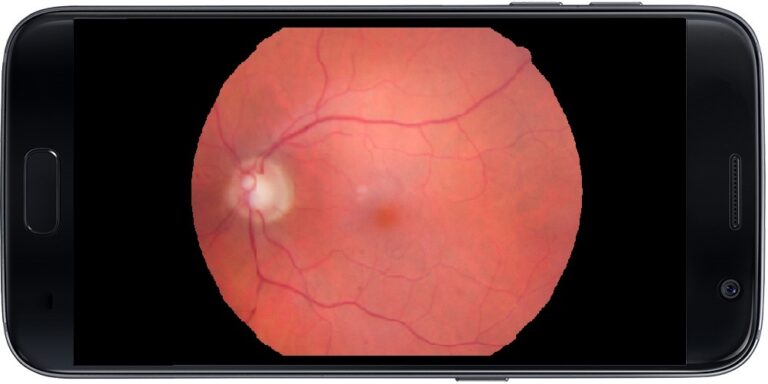
Portable cameras able to help ophthalmologists have been a desired solution for a long time. Among the reasons for the need of an additional device
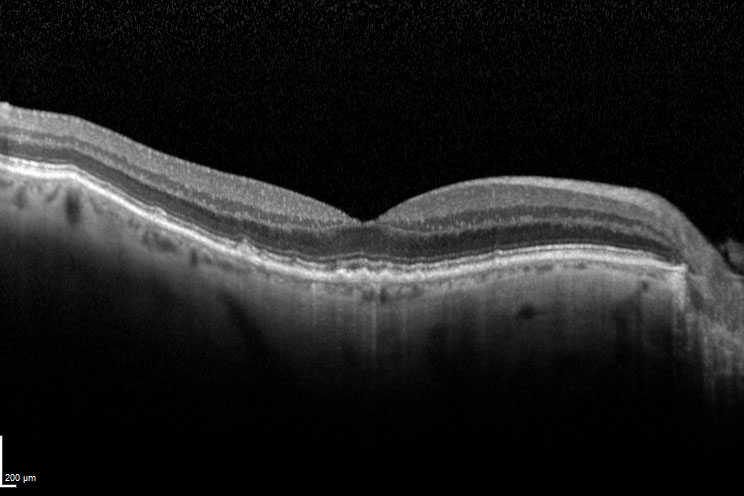
In a previous article, we talked about Geographic Atrophy segmentation in 2D images. This article focuses on how OCT images shed light on the development
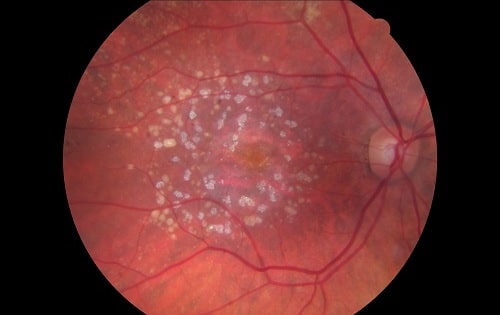
Geographic Atrophy (generally called GA) is a case of advanced Dry AMD (Age-related Macular Degeneration) which might lead to vision loss. As a consequence of
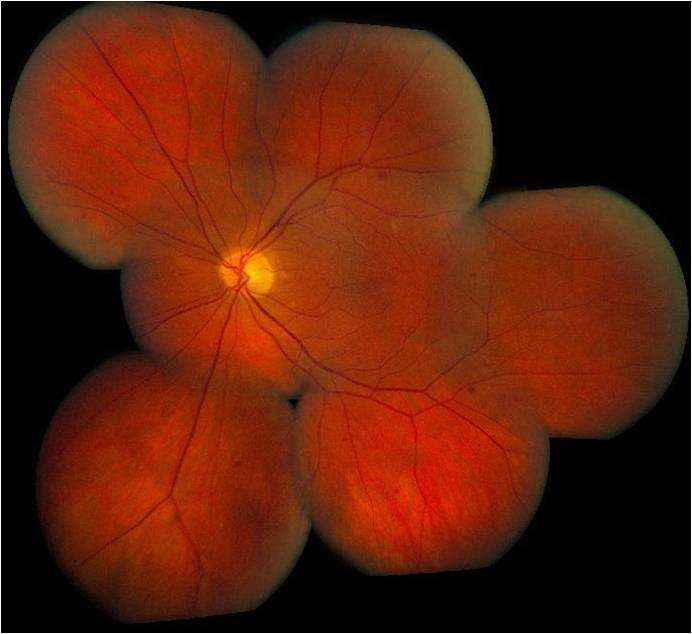
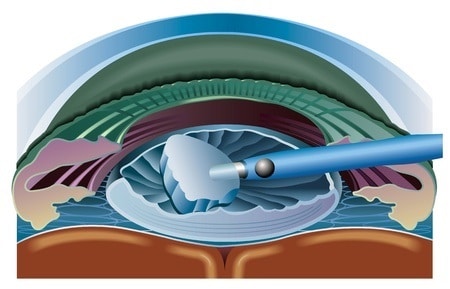
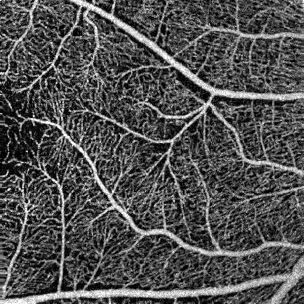
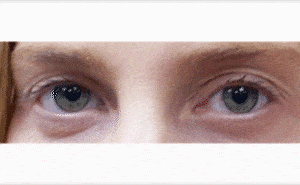
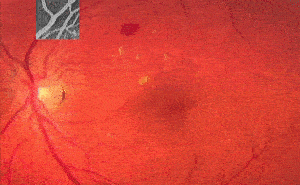
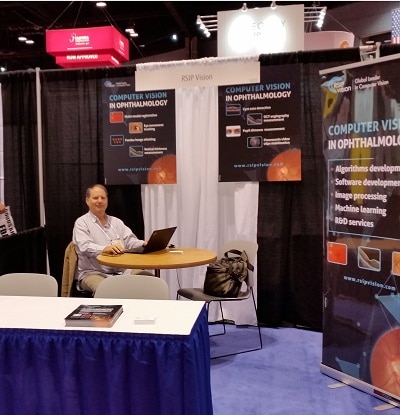
We were glad to participate in the American Academy of Ophthalmology (AAO) annual meeting that took place at the McCormick Place, Chicago, the largest exhibition
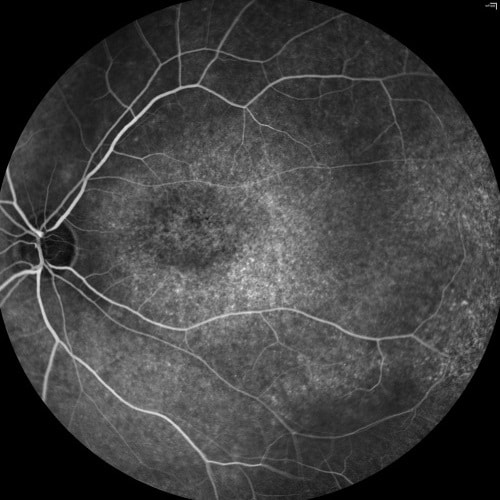
One of the most common tests in ophthalmology is fluorescein angiography: fluorescein is injected in the blood and it moves immediately through the blood vessels

Diabetic Retinopathy (DR) is an eye disease resulting from long-term diabetic condition. About 80% of long-term diabetic patients suffer from some degree of DR, which
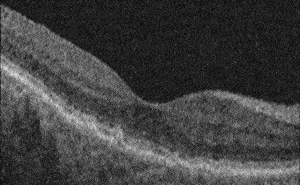
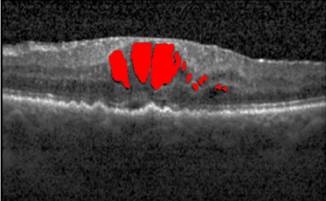
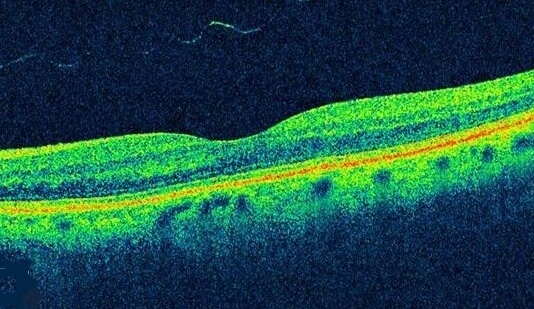
What are OCT Scans? Optical coherence tomography (OCT) is a non-invasive imaging method, which produces high-resolution volumetric histological images of tissue. To penetrate deep into biological
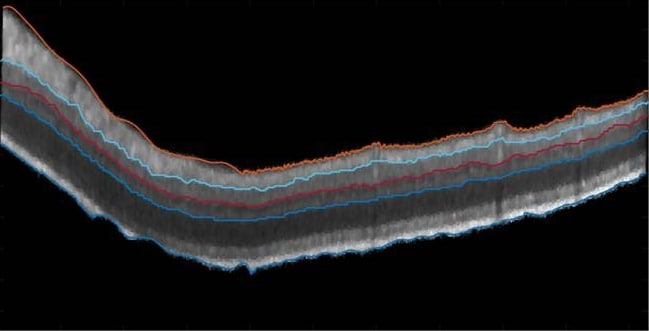
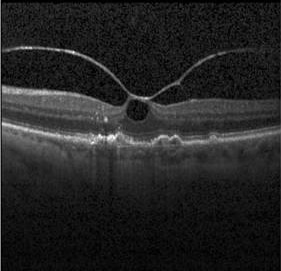
Please fill the following form and our experts will be happy to reply to you soon
Subscribe now and receive the Computer Vision News Magazine every month to your mailbox
© All rights reserved to RSIP Vision 2023